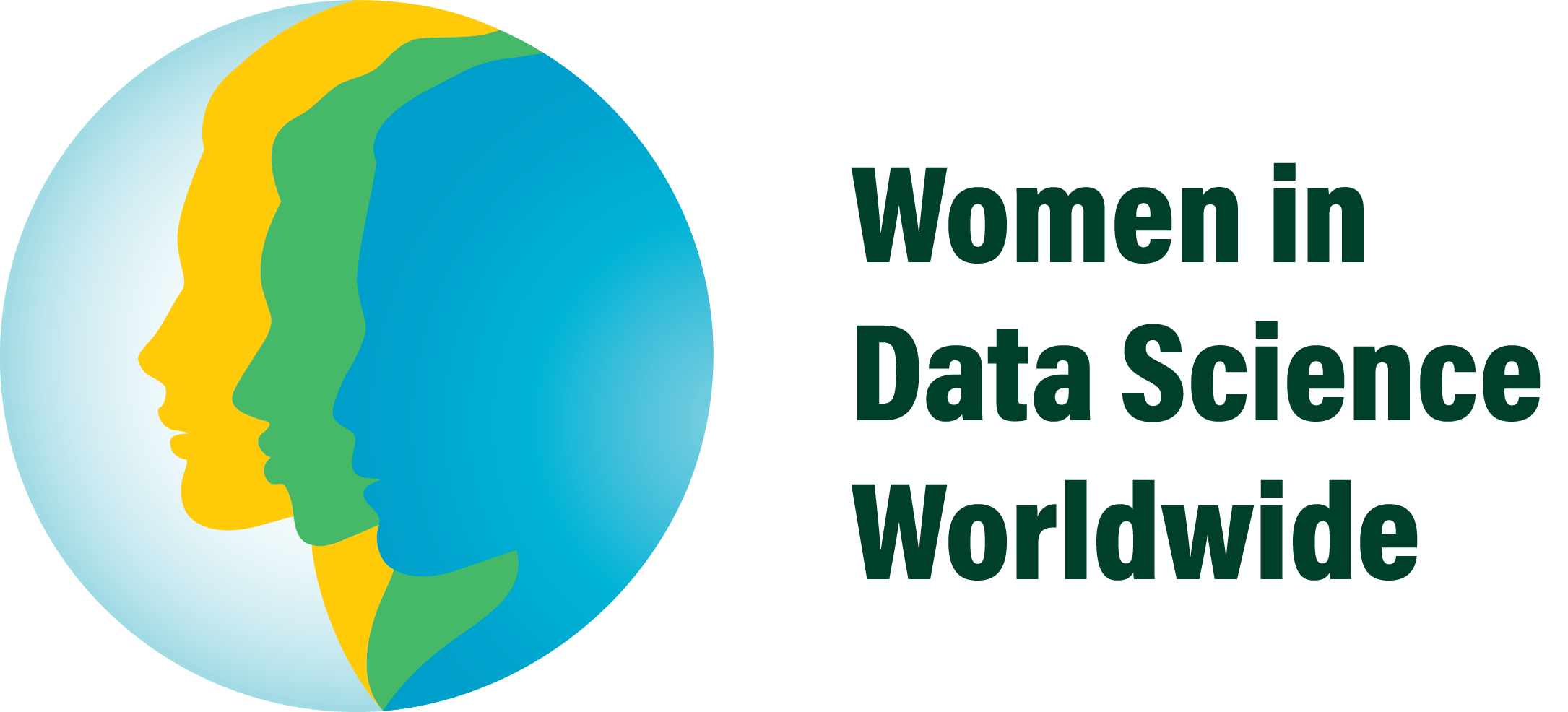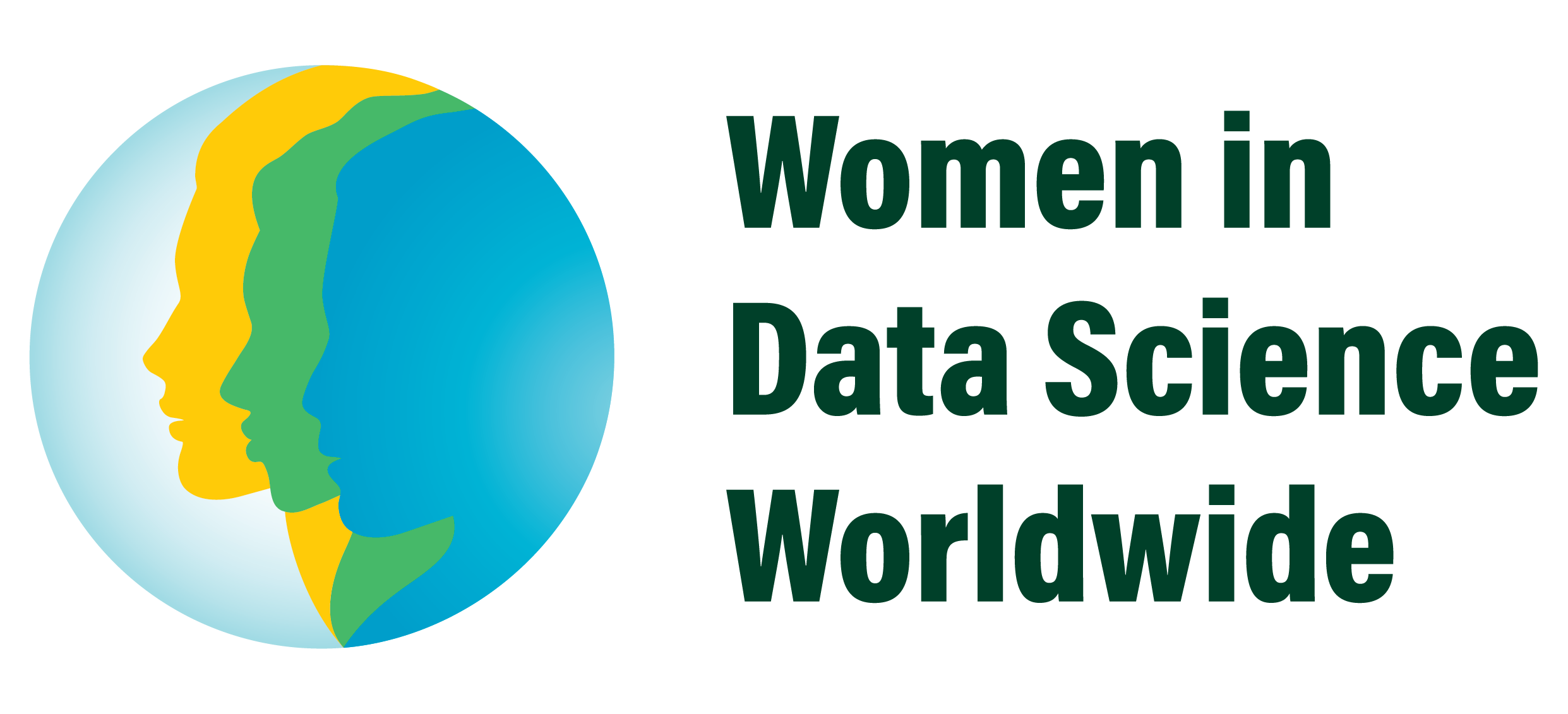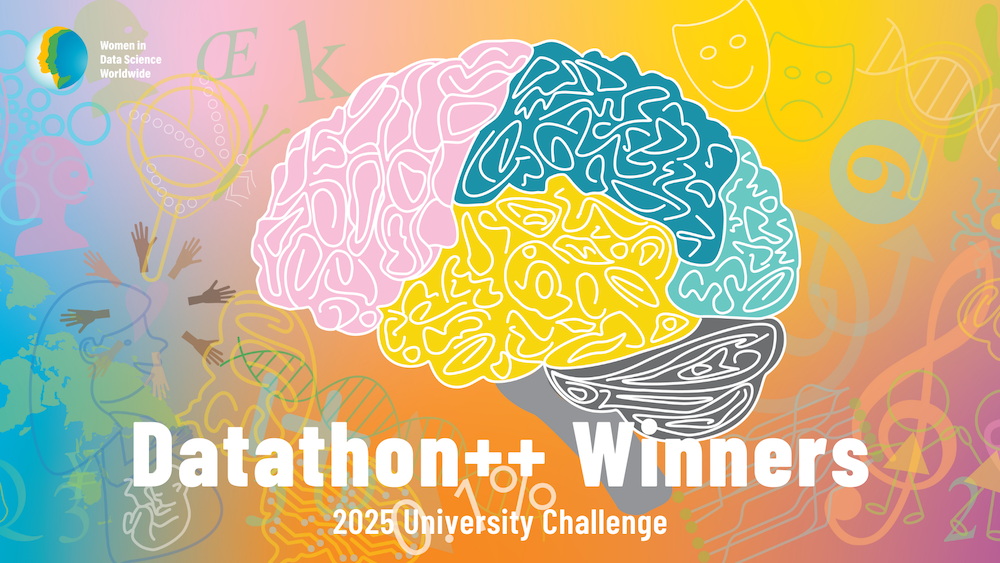For the second year, the WiDS Datathon++ University Edition engaged 150 universities in 37 countries including universities in underserved communities. Sponsored by WBHI and CMI, it focuses on women’s brain health and is used by instructors across all levels and fields of study. Students gained real-world experience by working on the challenge; some students continuing to pursue further research.
Hear the winners discuss their results and findings in an online panel discussion on Wednesday, July 30th. Sign up
Congratulations to all participating students on your outstanding performance! Meet the winning teams:
1st place: TUIASI_FML_AISynergy
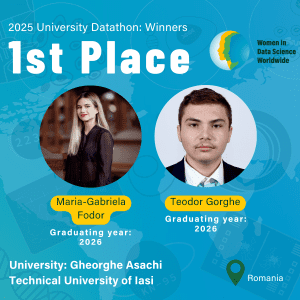
What motivated your team to join the datathon?
As AI students, we were strongly encouraged by our professors to participate in real-world challenges like this. The datathon gave us the perfect opportunity to apply what we’ve learned in class to a practical problem, sharpen our machine learning skills, and test ourselves against an international field. It was also a chance to represent our university on a global stage — which made it even more rewarding.
What was your team’s biggest learning or insight participating in the challenge?
We gained a deeper understanding of advanced modeling techniques, especially the effectiveness of residual neural networks in handling complex patterns. We also discovered how powerful model stacking can be for improving generalization and reducing overfitting. Along the way, we learned that sometimes it’s better to leave certain missing attributes out of the model when they contribute little and risk adding noise. These lessons have already started influencing how we approach future projects.
2nd place: VNUK_DataScienceCamp_AI4Idiots
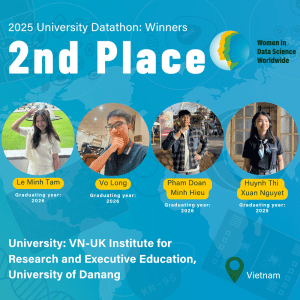
What motivated your team to join the datathon?
First, we’d like to sincerely thank Mr. Ngo Gia and Linh for informing us about the
competition and supporting us along this journey. We were motivated to join the WiDS Datathon++ 2025 because it presented a unique opportunity to explore brain development using real-world fMRI data—something we rarely encounter in the classroom. The challenge of predicting brain age based on functional connectivity patterns fascinated us, especially as it relates to understanding neurological development differences between males and females. This experience allowed us to grow as data scientists while contributing to a meaningful cause focused on advancing health outcomes.
What was your team’s biggest learning or insight participating in the challenge?
We learned that behind every data point is a real human story. It challenged us to go beyond code and metrics—to think deeply about what brain connectivity means in the context of human development. We also learned the importance of teamwork and scientific interpretation, especially when working on sensitive topics like gender differences in brain health. This experience strengthened both our technical abilities and our appreciation for interdisciplinary research that bridges data science, neuroscience, and public health.
3rd place: VNUK_DataScienceCamp_bingchill
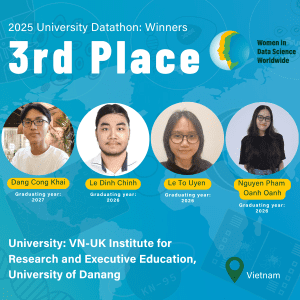
What motivated your team to join the datathon?
We first participated in a data camp organized by our lecturers at university. At the time, we were not aware of WIDS Competion. However, through the introduction from our teachers, we saw this as a valuable opportunity to challenge ourselves by applying the theories we had learned in class to solve real-world problems. Therefore, our teams including Chinh, Khai, Oanh, Uyen decided to collaborate with each other and participate in this datathon. Moreover, this competition is also a playground for us to learn, grow and compete with other teams coming from different universities around the world.
What was your team’s biggest learning or insight participating in the challenge?
Our biggest learning was to start from simple models like Linear Regression, Ridge before moving to more complex methods such as model stacking or auto encoder to evaluate performance better. Besides, we should trust more on our cross-validation score. We learned that trying to stack too many models might not always be effective. Our public score improves when stacking more models but the actual private score drops.
